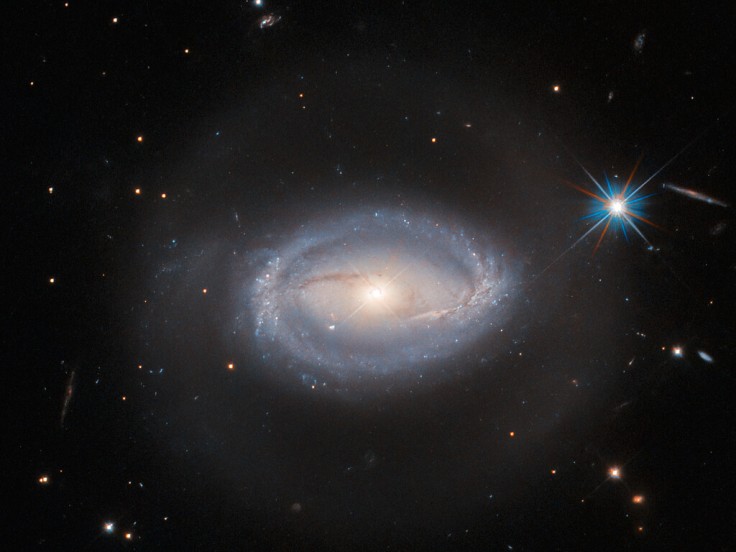Hubble has captured a galaxy that defies what experts have known about m.
The European Space Agency (ESA) recently published a photo of the galaxy Z 229-15 using Hubble cameras in stunning detail, proving that the aging space observatory is still in the game.
NASA has yet to announce its plans for Hubble's ultimate fate come the 2030s.

Galaxy Z 229-15 Photo Details
The ESA mentioned in a statement that Z 229-15's photo shows exactly why it defies classification. If studied long enough, the picture shows that the galaxy meets the requirements for it to be called an active galactic nucleus (AGN), a quasar, and a Seyfert galaxy.
Due to these unique characteristics, the space agency calls Z 229-15 "Everything, in one place, all at once," - a clever nod to 2023's Academy Awards Best Picture winner of the same name, per Space.com.
The picture shows why - it shows that Z 229-15 has a small region at its heart that is far brighter than its stars would be. The ESA explains that this extra brightness is due to the unique behavior of the material being sucked by its supermassive black hole at its core.
The space agency stated that the supermassive black hole draws the material it sucks into a swirling disc instead of having them fall directly into it as most black holes of its size do. The disc created by the materials being sucked into the supermassive black hole gets so hot that it releases large amounts of energy across the electromagnetic spectrum.
Meanwhile, Z 229-15 is also a quasar in addition to being an AGN due to its extreme brightness and distance from Earth - Z 229-15 is 390 million light-years from Earth in the constellation Lyra. For a celestial body to be classified as a quasar, it should be several hundred million light-years away from Earth - a characteristic Z 229-15 meets.
Oftentimes, an AGN like Z 229-15 is so bright that experts couldn't see the rest of the galaxy. However, Z 229-15's photo shows that the rest of it is still visible despite having such a bright center, classifying it as a Seyfertt galaxy.
As a result, Z 229-15 is an AGN, a quasar, and a Seyfert Galaxy all at once; it does the ESA's nickname of "Everything, in one place, all at once" justice.
Hubble Space Telescope's Capabilities
The Hubble Space Telescope may be an aging scientific equipment in space, but it still has its uses thanks to its capabilities that its successor, the James Webb Space Telescope, couldn't do.
Beth Biller, an astronomer at the University of Edinburgh and chair of the committee representing scientists that use Hubble, said that Hubble has instruments that make it ideal for observing distant galaxies using infrared wavelengths, Hubble studies the universe mostly in other wavelengths.
These instruments allow it to take images of stars, galaxies, and cosmic phenomena closer to Earth - something that Webb can't do as well. (yes, 390 million light-years is still a distance Hubble can cover).









